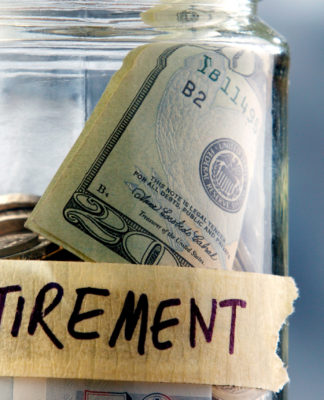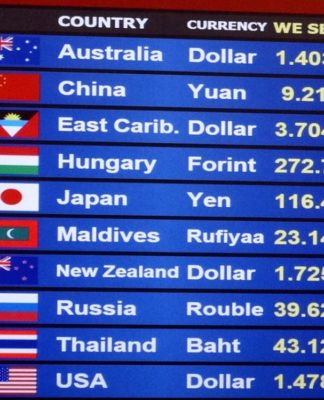In a previous article, we discussed share classes and how you can get different rights for owning different classes of the same company’s shares. But those are still all types of common shares. Now, to complicate your investment options a little more, we’re going to discuss preferred, or preference, shares.
What are preferred shares?
Preferred shares are, like common shares, units of ownership in a company. However, preferred shares will be issued with a preset dividend that will be paid out at set intervals. Common stock dividends are not always guaranteed and must be approved by the company. But this does not mean that the dividend will always occur – they still are controlled by the company’s performance. If the company cannot afford to pay preferred share dividends, then usually there’s a deferment of some type.
Preferred shares also typically don’t come with voting rights, and they are often viewed more like a bond than an equity. Some issuers structure the preferred shares to allow holders to convert them into common shares, allowing for some flexibility in their investment.
So, should you choose preferred shares?
Because of the set payout and the higher status in a bankruptcy, preferred shares may seem more attractive than common shares. However, if a company performs better than anticipated, it may decide to pay out higher dividends, but this will only apply to common shares. You can often buy and sell preferred shares as you would common shares, but even though its value doesn’t change regarding the dividend, its value on the open market can still fluctuate.
“Some people consider preferred shares as a more reliable investment, but they are still shares, with their value tied to the company’s performance,” says Richard Cayne of Meyer International. “Depending on your investment strategy, you may end up preferring common stocks.”
It is always a good idea to seek advice from an investment expert, especially if you’re unclear about your options. Contact Richard today to find out more.















